What do you know about Bernoulli’s Theorem?
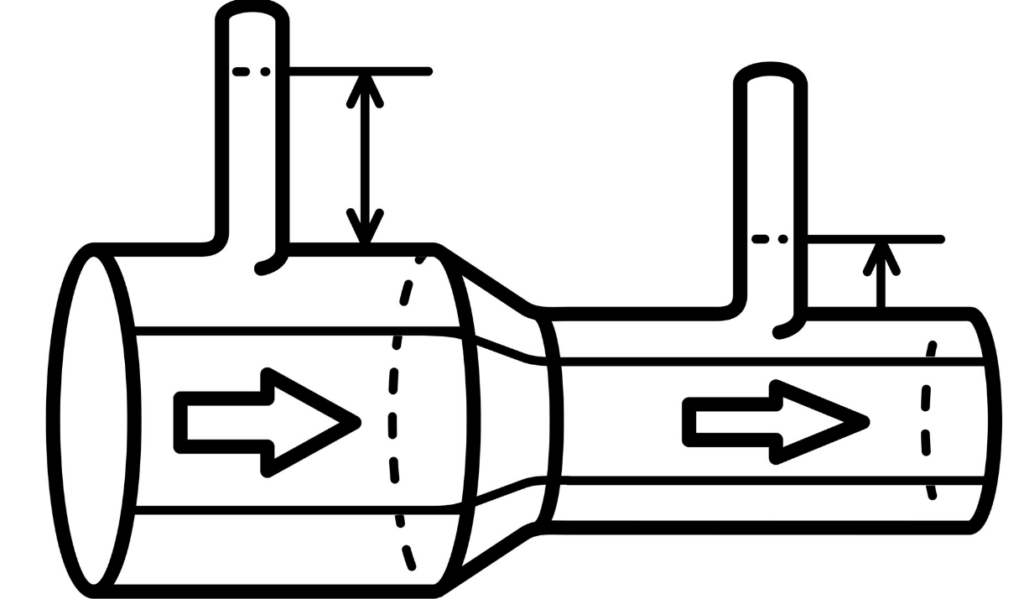
It is a direct application of the principle of conservation of energy, in other words, it is said that if the fluid does not exchange energy with the outside (through friction, motors, heat, among others) it must remain constant. The theorem considers the three unique types of energy possessed by the fluid that can change from one point of conduction to another. These types are: gravitational potential energy, kinetic energy, and energy due to flow (hydrostatic) pressure.
The theorem first stated by Daniel Bernoulli in 1726 states that: in all water or air currents the pressure is large when the velocity is small and, conversely, the pressure is small when the velocity is large. There are some limitations to this theorem, but we will not dwell on them here.
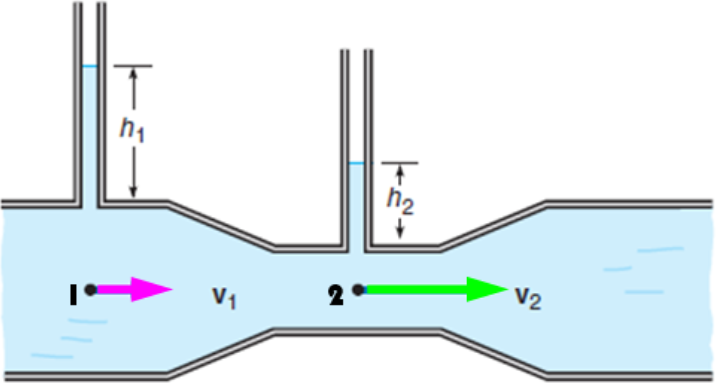
Applications of the theorem: Chimneys can be taken advantage of because they are tall, the fact that the wind speed is more constant and higher at higher altitudes. The faster the wind blows over the mouth of a chimney, the lower the pressure and the greater the pressure difference between the base and the mouth of the chimney, therefore the flue gases are better extracted.
In an automobile carburetor, the air pressure passing through the carburetor body drops as it passes through a throttle; gasoline flows when the pressure decreases, mixes and vaporizes with the air stream. In oxygen therapy, most high-delivery delivery systems use Venturi-type devices, which are based on the Bernoulli principle.
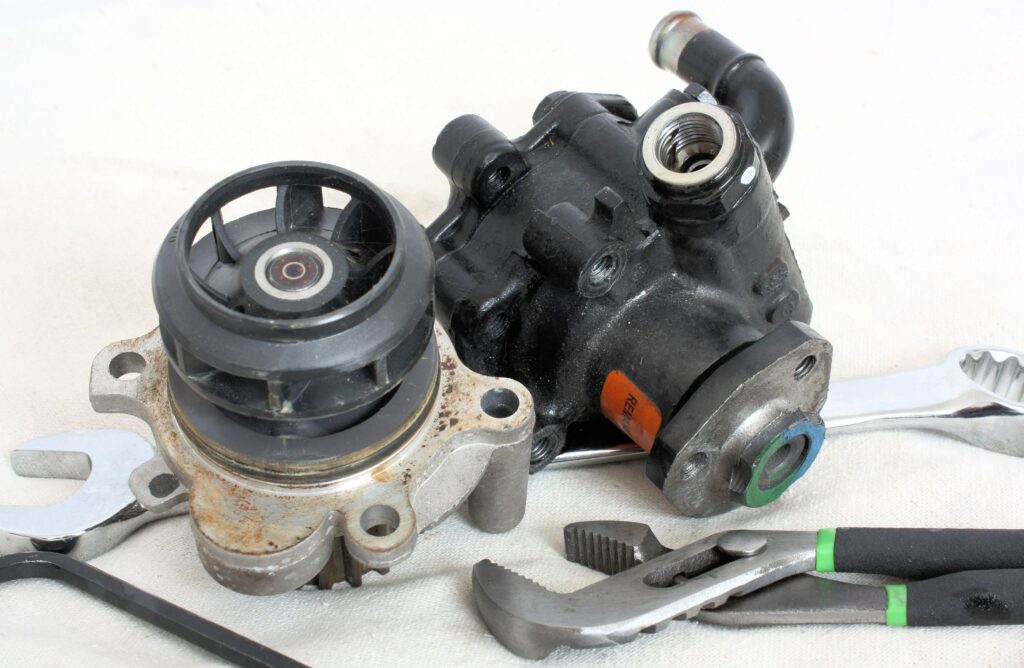
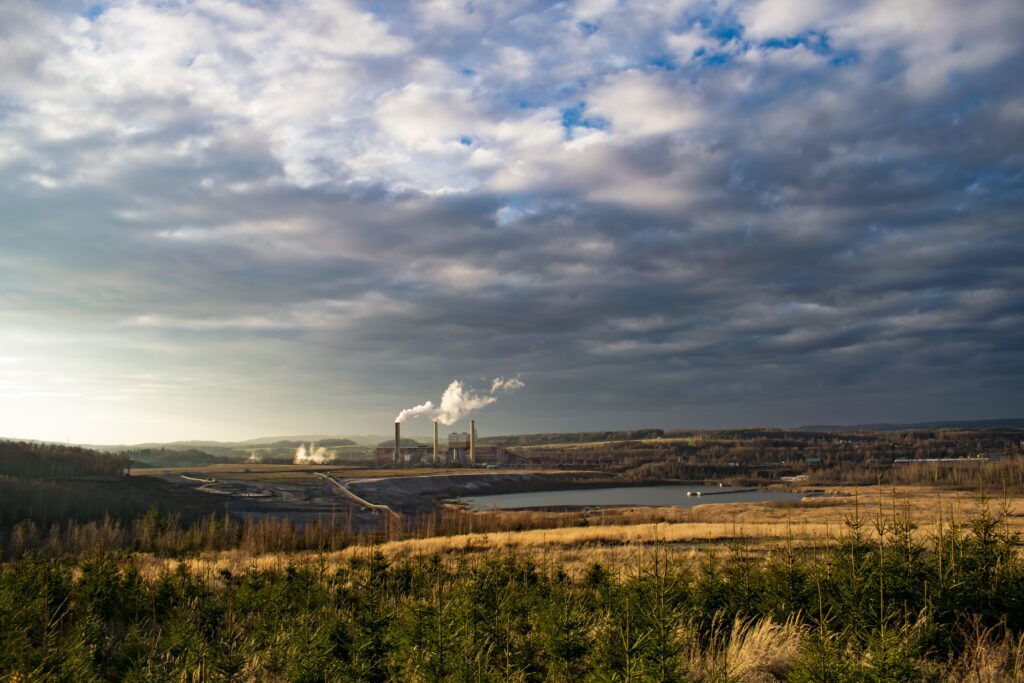

What do you think if we get creative and carry out the following experiment putting Bernoulli’s theorem into practice?
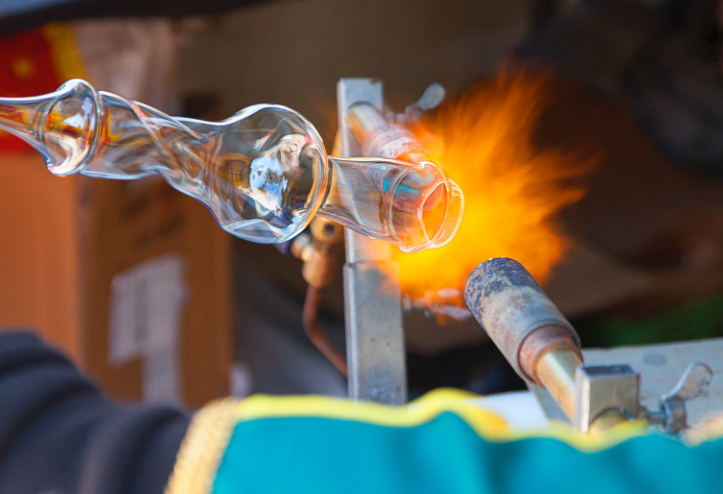


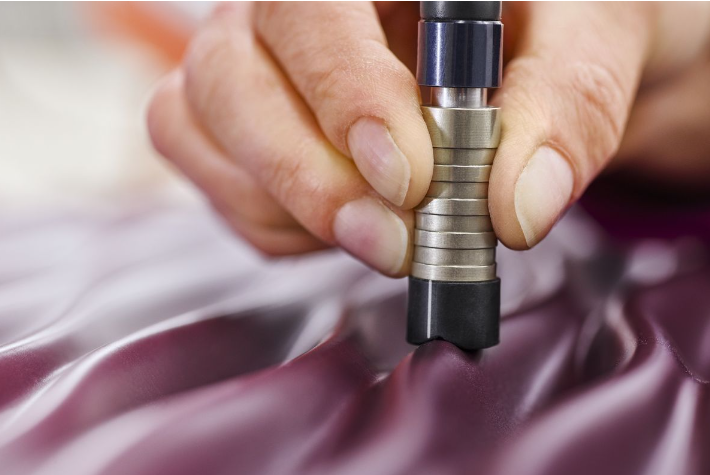

Responses